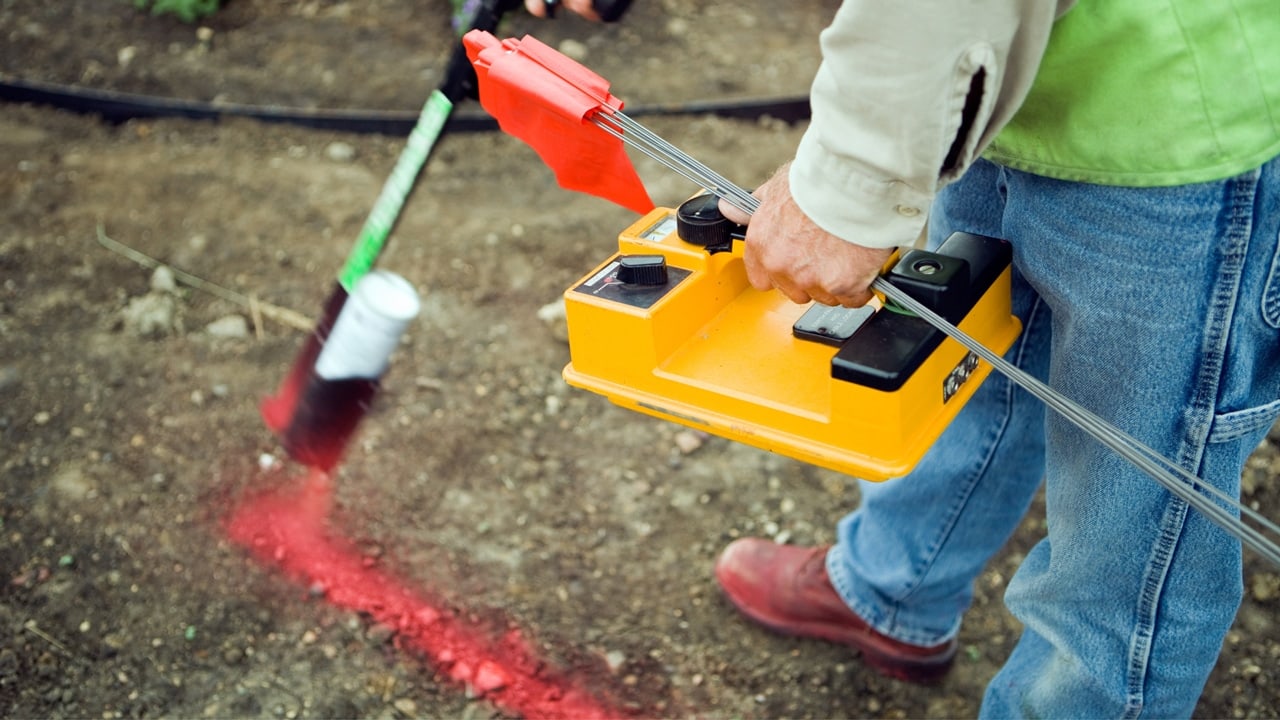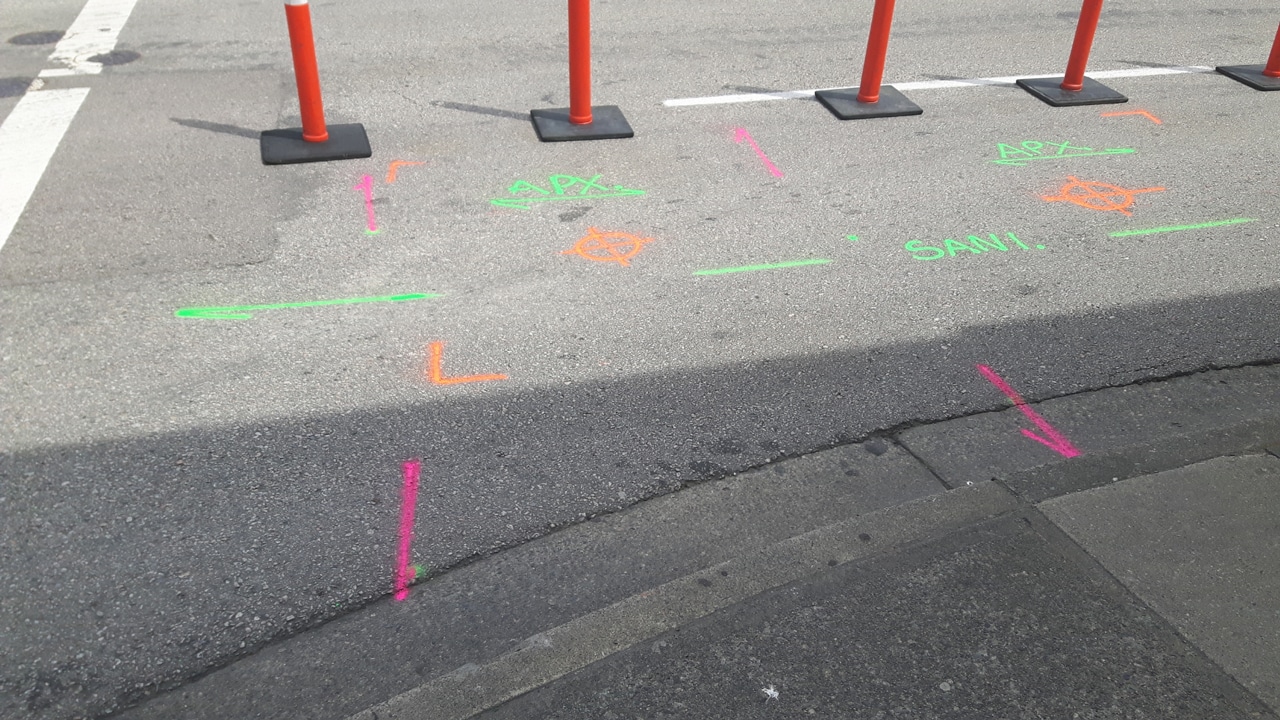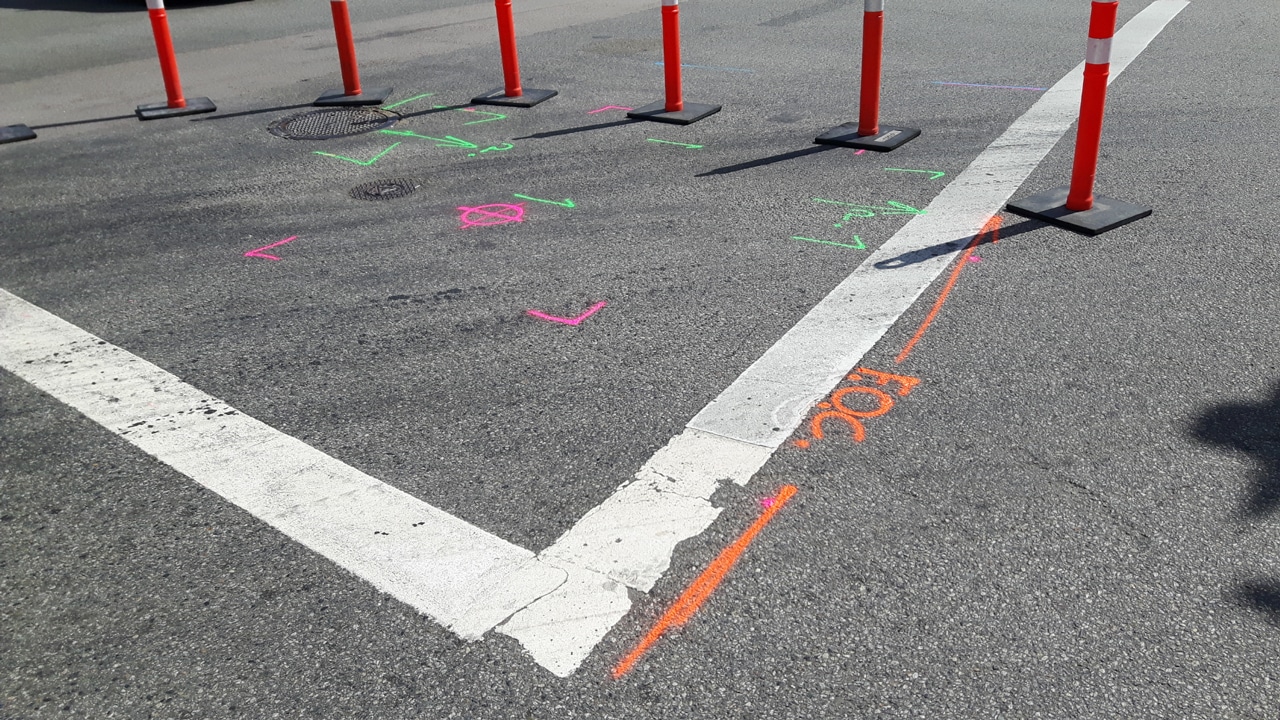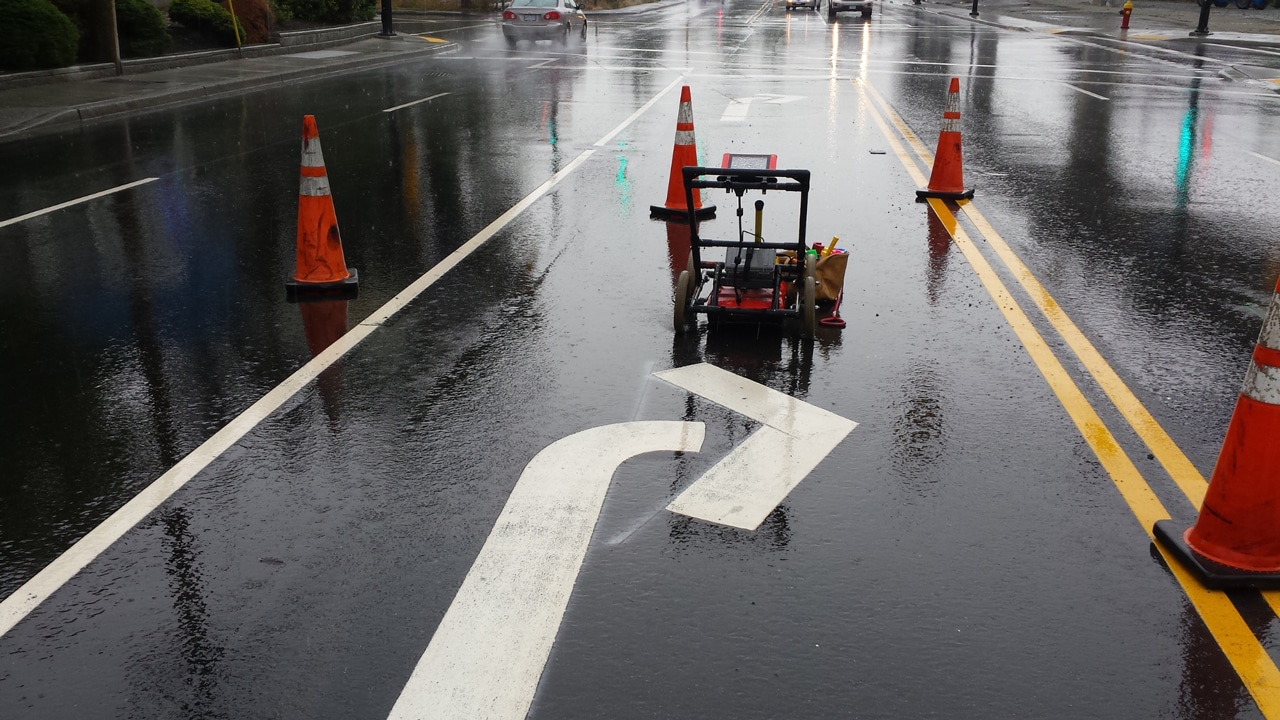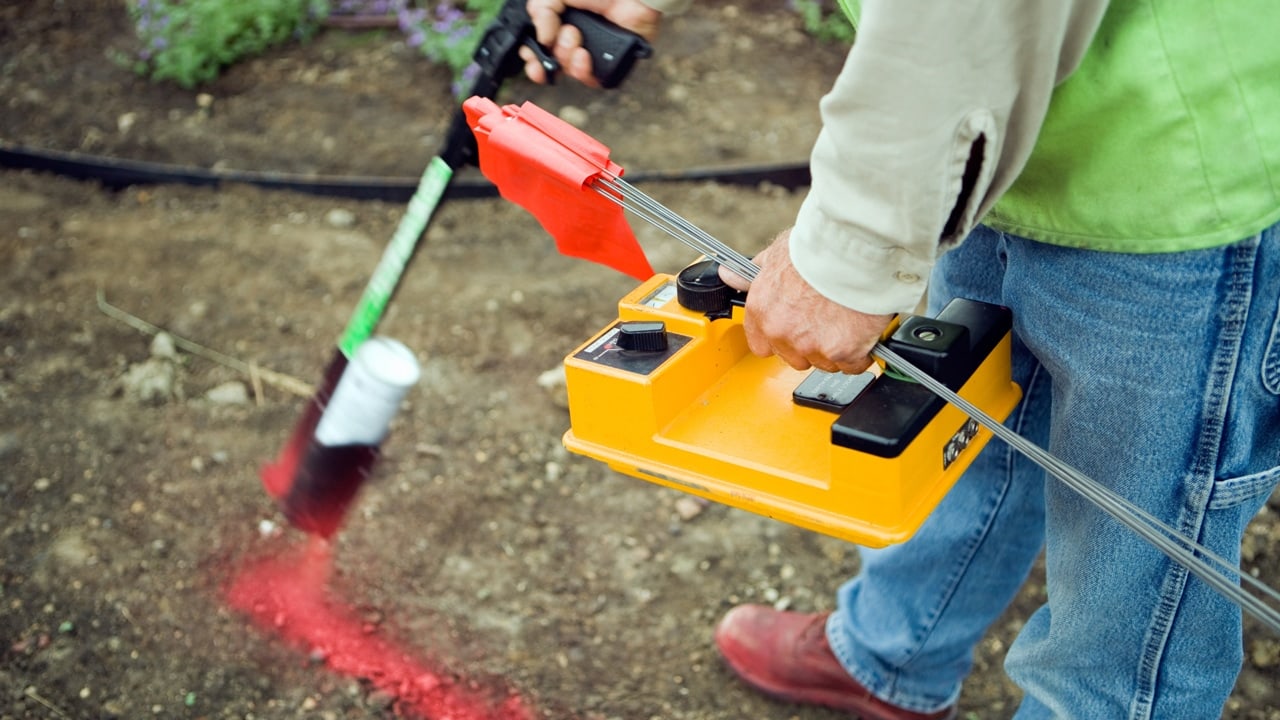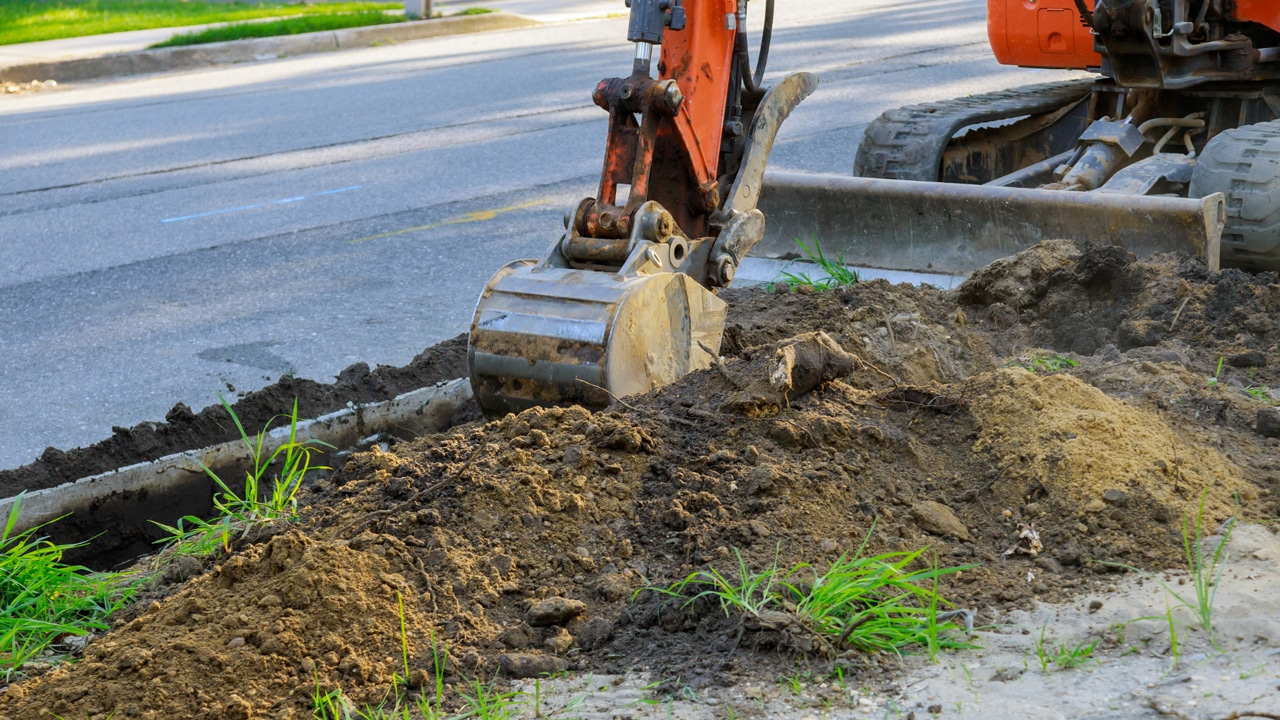Overcoming these challenges requires a combination of advanced technology, accurate record-keeping, and skilled personnel. Always prioritize safety and accuracy when conducting private utility locating to avoid damage and potential hazards.
In construction and excavation, private utility locating is an essential process. It involves identifying the exact location of underground utilities, such as water pipes, electrical lines, and sewer systems, within a private property.
Hiring a professional private utility locating company is crucial to avoid costly damages, safety hazards, and service disruptions during construction projects. However, this task comes with its own set of challenges. In this blog, we will explore the five common challenges faced in private utility locating and provide insights into how to overcome them.
Incomplete or Outdated Records
One of the primary challenges in private utility locating is dealing with incomplete or outdated utility records. Over time, records of underground utility installations may become inaccurate or go missing.
This can pose significant challenges for construction projects, as the exact location and depth of utilities may not be readily available.
Overcome the Challenge
- Perform a physical site investigation.
- Utilize advanced utility locating technology, such as Ground-Penetrating Radar (GPR), which can provide real-time information on underground utilities.
- Collaborate with utility companies and property owners to gather accurate records.
Cross-Utility Interference
In some cases, underground utilities may intersect or run parallel to one another, leading to cross-utility interference. This can make it difficult to distinguish one utility from another, complicating the process of locating private utilities accurately.
Overcome the Challenge
- Use advanced utility mapping technology to differentiate between utilities.
- Consult with utility operators and owners to acquire additional information.
- Implement non-destructive excavation techniques, such as vacuum excavation, to uncover utilities without causing damage.
Depth Estimation Errors
The depth at which private utilities are buried can vary significantly. Estimating the depth of utilities accurately is crucial for preventing accidental damage during excavation.
Overcome the Challenge
- Employ Ground-Penetrating Radar (GPR) to determine the depth of utilities non-invasively.
- Collaborate with experienced private utility locators who can rely on their expertise to estimate depth accurately.
- Perform on-site inspections to verify depth when in doubt.
Complex Urban Environments
Locating private utilities becomes particularly challenging in complex urban environments where numerous utilities coexist underground. With a maze of utility lines, locating a specific private utility can be like finding a needle in a haystack.
Overcome the Challenge
- Adopt advanced utility locating technologies that can provide a three-dimensional map of underground utilities.
- Work closely with utility operators and owners to gain insights into the utility layout.
- Use electromagnetic detection methods for precision in congested areas.
Training and Certification
A critical challenge in private utility locating services is ensuring that the professionals involved are adequately trained and certified. Inadequate training can lead to errors, missed utilities, and safety hazards.
Overcome the Challenge
- Hire certified utility locators with the necessary training and experience.
- Invest in ongoing training and certification programs for your team.
- Collaborate with private utility locating companies with a reputation for well-trained staff.
Accurate private utility locating is a vital component of any construction or excavation project. By addressing these common challenges and adopting the suggested solutions, property owners, construction professionals, and utility operators can ensure that their private utility locating processes are efficient, safe, and reliable.
Utilize Non-Destructive Excavation Techniques
To avoid causing damage to private utilities during the locating process, non-destructive excavation techniques have become increasingly popular. Vacuum excavation is a standout method. This process uses high-pressure air or water to break up soil and then a vacuum system to remove the debris, exposing underground utilities safely and efficiently.
These non-destructive excavation techniques are particularly useful when facing challenges like uncertain utility depths or cross-utility interference. They allow for careful and precise digging around private utilities without the risk of damage.
The Role of Safety Measures
Safety is a paramount concern when it comes to private utility locating. Accidents and injuries can occur if proper safety protocols are not followed. Utility locators and construction professionals involved in private utility locating should prioritize safety measures, including:
- Use of personal protective equipment (PPE) such as hard hats, safety glasses, and steel-toed boots.
- Establishing clear and secure work zones.
- Regular safety training and certification for all team members.
- Following Occupational Safety and Health Administration (OSHA) regulations and guidelines.
- Implementing confined space entry procedures when necessary.
By adhering to safety protocols, private utility locators can minimize the risk of accidents and injuries during utility locating projects, ensuring the safety of workers and the public.
Collaboration with Utility Operators and Owners
Effective communication and collaboration with utility operators and owners are essential in private utility locating. These stakeholders possess valuable knowledge about their underground infrastructure. Collaborating with them can provide critical information, including the layout of utilities, recent installations, and potential changes to the infrastructure.
Moreover, working in close partnership with utility operators and owners can also reduce the risk of service disruptions and outages during utility locating projects. This collaboration enhances the accuracy of locating and reduces the potential for accidents or damage.
Benefits of Accurate Private Utility Locating
Accurate private utility locating offers several advantages, including:
- Cost Savings – Precise utility locating prevents accidental damage during excavation, saving substantial repair and restoration costs.
- Efficiency – Properly located utilities mean construction projects can proceed smoothly without unexpected delays due to damage.
- Safety – Minimizing accidents and injuries during excavation is a top priority for both workers and public safety.
- Legal Compliance – Following safety regulations and utility locating best practices ensures legal compliance with industry standards and government regulations.
- Minimized Disruptions – Accurate utility locating reduces the risk of service disruptions, benefitting utility companies and the public.
- Data Documentation – Precise utility locating data provides valuable records for future utility maintenance and expansion projects.
- Risk Reduction – By addressing common challenges and implementing best practices, the risk of accidents and utility damage is significantly reduced.
Secure Your Next Project with Expert Private Utility Locating from Util-Locate
Are you gearing up for your next construction or excavation project? Don’t leave anything to chance. Secure your project’s success and the safety of all involved with Util-Locate’s expert private underground utility locating services.
Our team is equipped with advanced technology, rigorously trained, and committed to safety. We’ll help you navigate the complexities of underground utilities, overcome challenges, and ensure your project proceeds smoothly. With us, you can save on costs, prevent disruptions, and prioritize safety.
Contact us at 888-885-6228 at Util-Locate today to experience the benefits of accurate private utility locating. Your project deserves the best–and that’s what we deliver.

